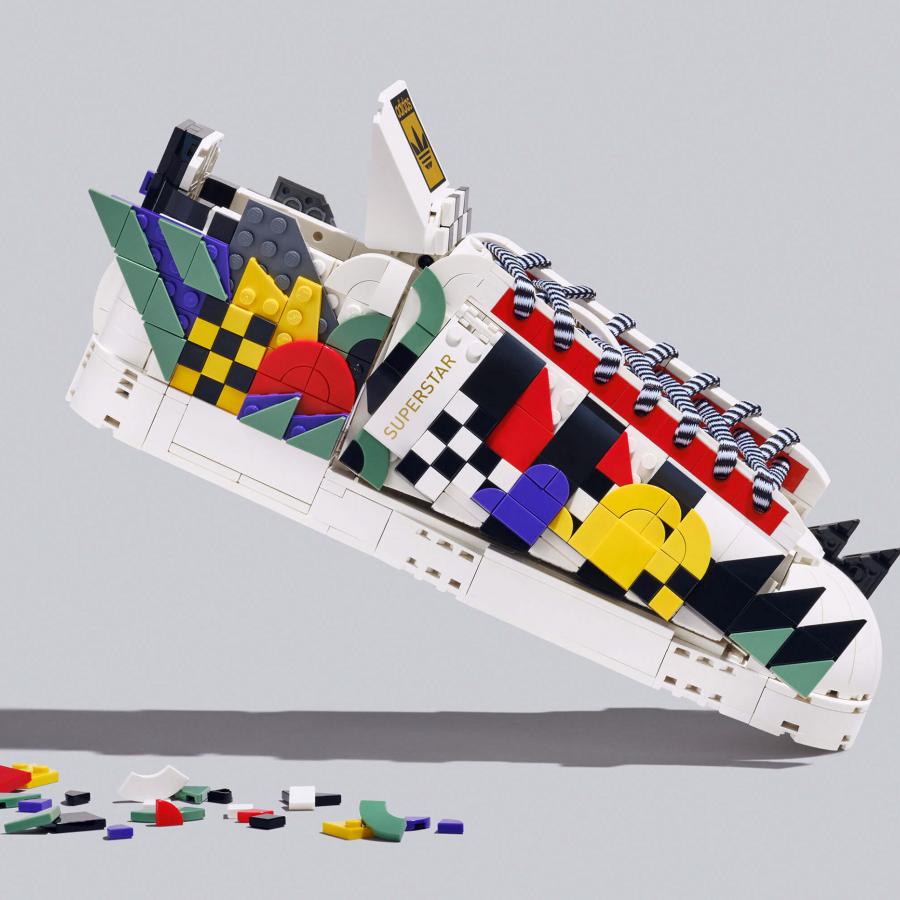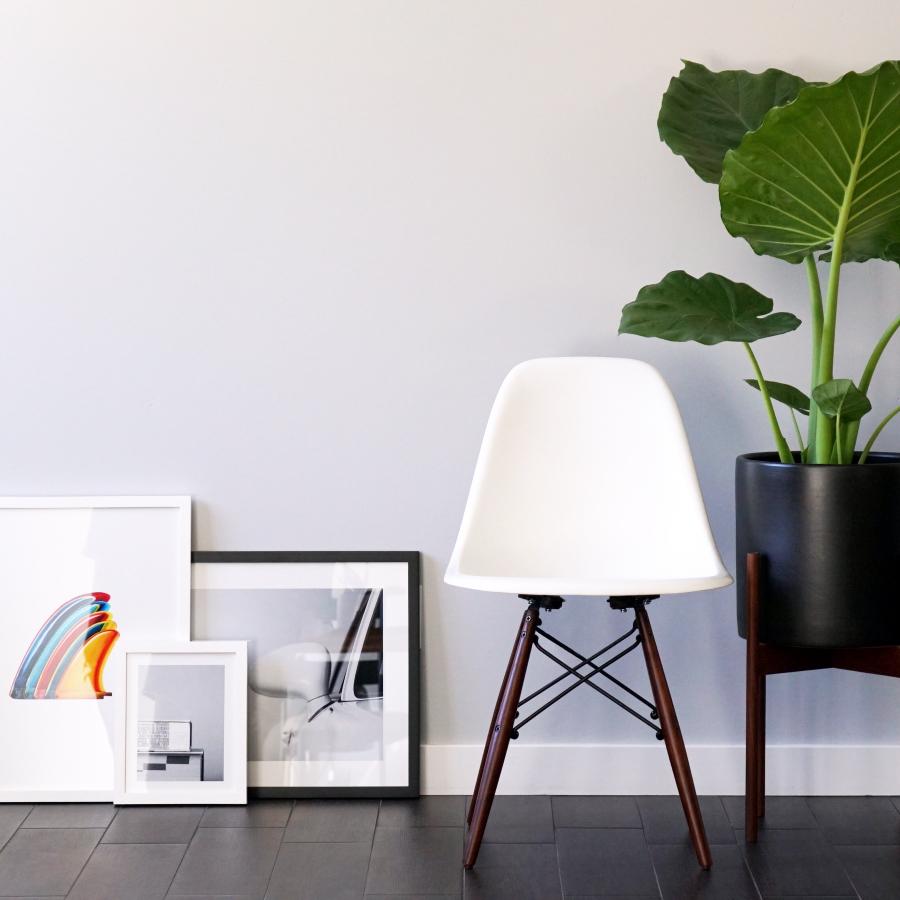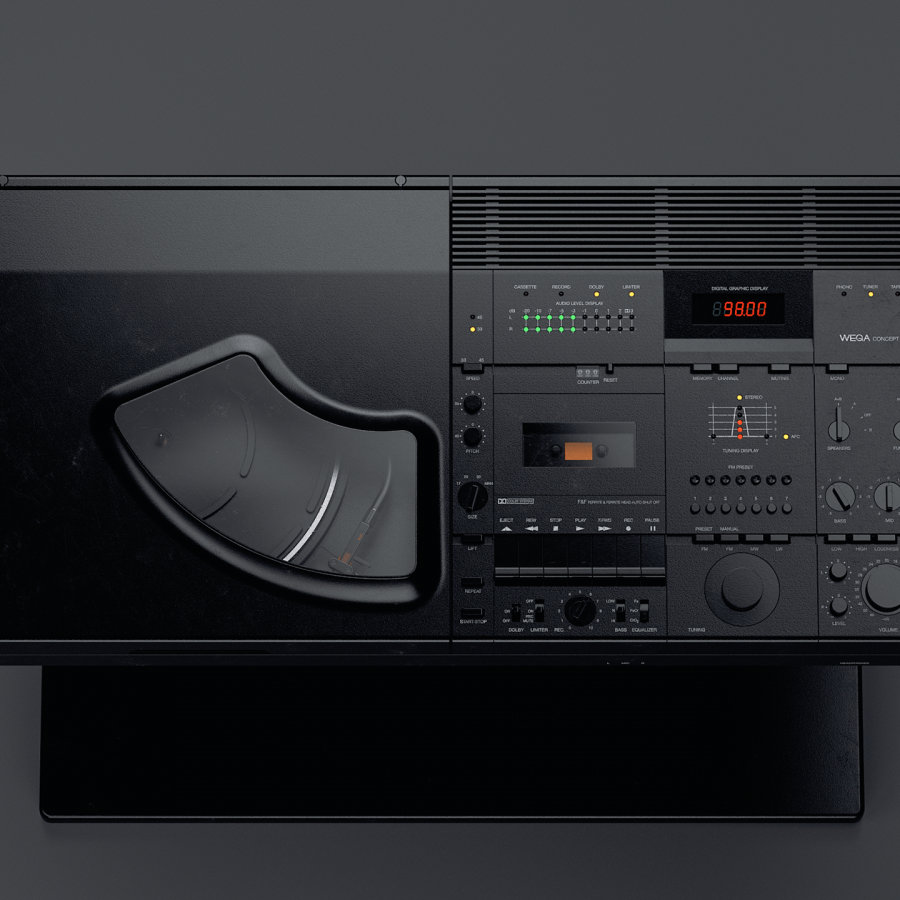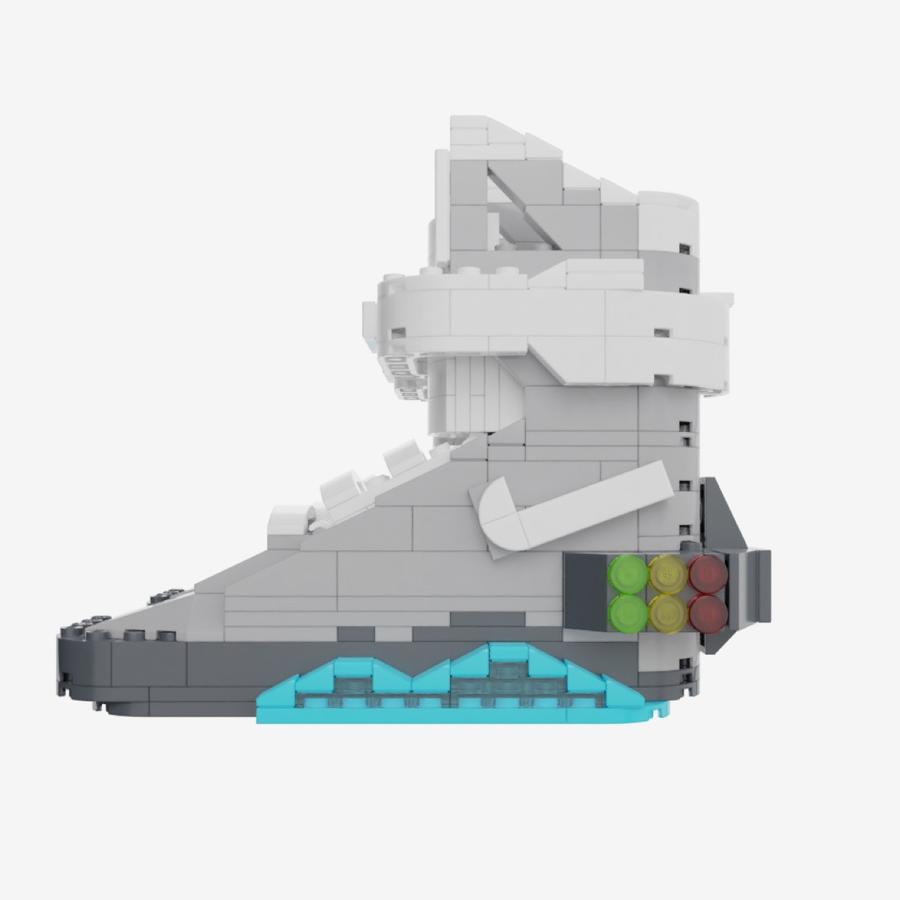by abduzeedo
Discover CASCA Archive, preserving Brazil’s Northeast visual culture, from cordel prints to modern design—bridging tradition with contemporary identity.
The graphic traditions of Brazil’s Northeast are as bold, textured, and layered as the landscapes and histories that shaped them. From cordel prints and hand-painted signage to record covers and posters, this visual culture is a living testimony of resilience, artistry, and identity. Today, much of it is being brought together, preserved, and reframed through CASCA Archive—a project that bridges cultural preservation with contemporary design.
A Collaborative Visual Culture Repository
Founded by Alagoas-born designer and art director Victor Yves (yves.works), CASCA Archive is dedicated to collecting, safeguarding, and sharing the region’s visual output from the 1950s to the present day.
The archive already houses more than 5,000 items, ranging from posters, publications, and packaging to typography, signage, and the intricate woodcuts of cordel literature. Beyond objects, CASCA also embraces the intangible—recording oral histories, interviews, and essays that bring context and voices into the collection.
Importantly, part of the archive draws from Acervo Antonio Nóbrega (acervoantonionobrega.com.br), a reference collection dedicated to Brazilian cultural production. This collaboration enriches CASCA’s holdings, especially in the field of cordel literature, expanding its ability to connect audiences with the region’s graphic legacy.
Culture of the Northeast: Roots and Symbols
To understand the importance of CASCA, it’s necessary to recognize the cultural forces that shaped the visual identity of Northeast Brazil.
- Cordel Literature
A cornerstone of Northeastern culture, cordel are small, inexpensive booklets of popular poetry, often illustrated with striking woodcut prints. These prints not only narrate stories of faith, politics, and daily life, but also stand as some of the most distinctive examples of Brazilian graphic art. Their raw, tactile qualities resonate strongly with CASCA’s identity. - Cangaço
The image of the cangaceiros—the nomadic bandits who roamed the sertão in the late 19th and early 20th centuries—has become a powerful symbol of resistance, survival, and folklore. Their ornate leather costumes and weaponry, often depicted in folk art and popular culture, remain visual icons of the region. - Aloísio Magalhães
One of Brazil’s most important modern designers, born in Recife, Aloísio Magalhães bridged tradition and innovation. His work in graphic design, typography, and cultural policy was fundamental in shaping modern Brazilian design while honoring the richness of local traditions. His legacy provides a critical reference point for CASCA’s ambition: to preserve cultural forms while reframing them for contemporary audiences.
By weaving together these strands—literature, folklore, and modern design—CASCA situates itself within the continuum of Northeastern creativity, amplifying its voices and making them accessible to the world.
The Meaning Behind CASCA
Central to the project is its name and branding—carefully crafted to embody the very spirit of the archive. “Casca,” which means skin in Portuguese, was chosen for its depth of symbolism and evocative power.
- Protection / Surface
Skin is a layer that safeguards what lies beneath. In CASCA, it stands for the visible surface of culture—the graphics and visual expressions through which identity manifests. - Texture / Materiality
With its short, strong sound, “casca” feels tactile and raw. It is both memorable and physical, like a fragment of material heritage made audible. - Rich Ambiguity
Casca can be tough and resistant, like tree bark or thick skin, but also fragile, something that breaks open to reveal the inside—like fruit peel or an eggshell. This duality captures the paradox of preservation and revelation inherent to an archive. - Northeast Connection
The word conjures associations deeply tied to the region: the bark of the caatinga’s trees, the hardened surface of wounds, the resilience of survival in the backlands. In this way, CASCA is not an abstract name but a term rooted in place, endurance, and cultural identity.
A Visual Identity Anchored in Material Culture
CASCA’s branding translates these ideas into a visual system that is raw, tactile, and contemporary. The identity resists polish in favor of texture and presence, echoing the grit and resilience of Northeastern Brazil while positioning the archive firmly within the global conversation on design and cultural preservation.
By pairing thoughtful naming with a powerful graphic language, CASCA asserts itself as more than a storage space for history—it becomes a platform that lives, breathes, and reimagines culture.







